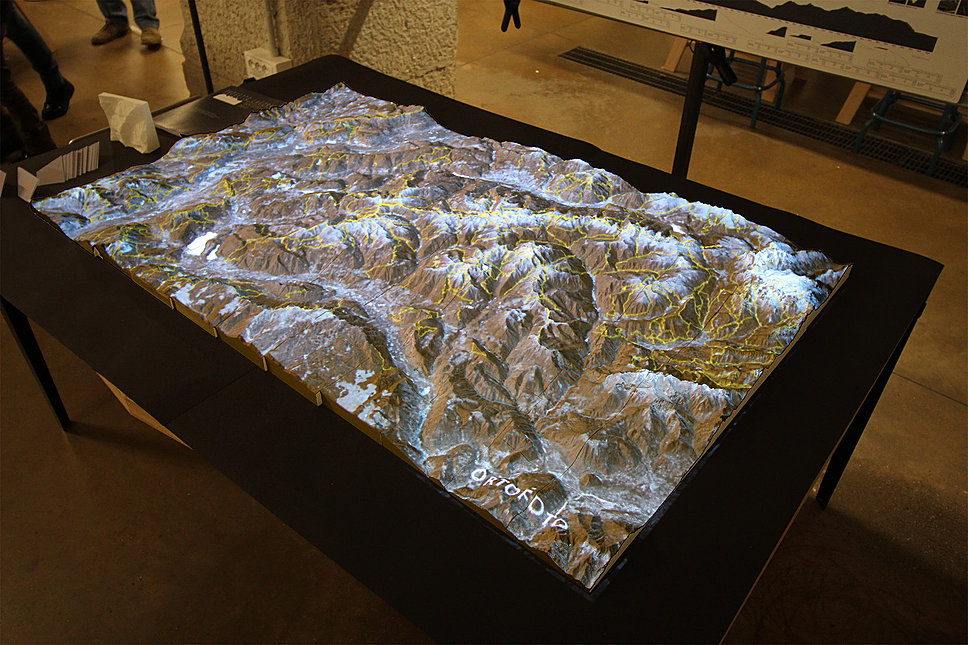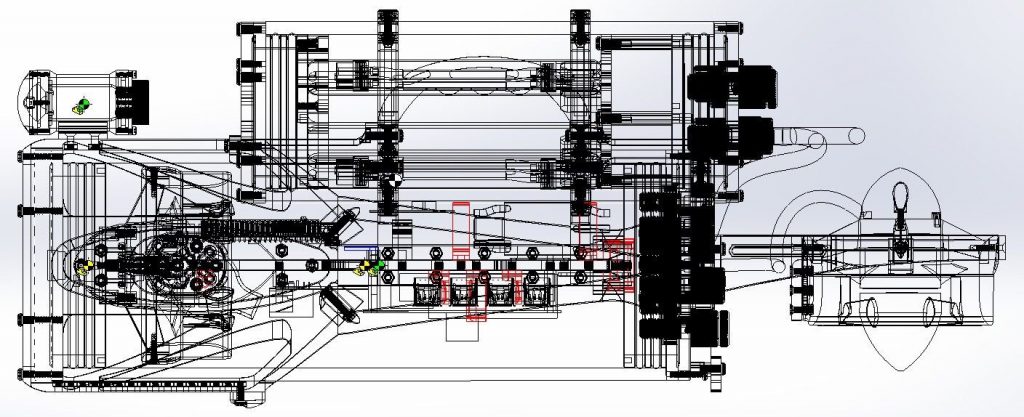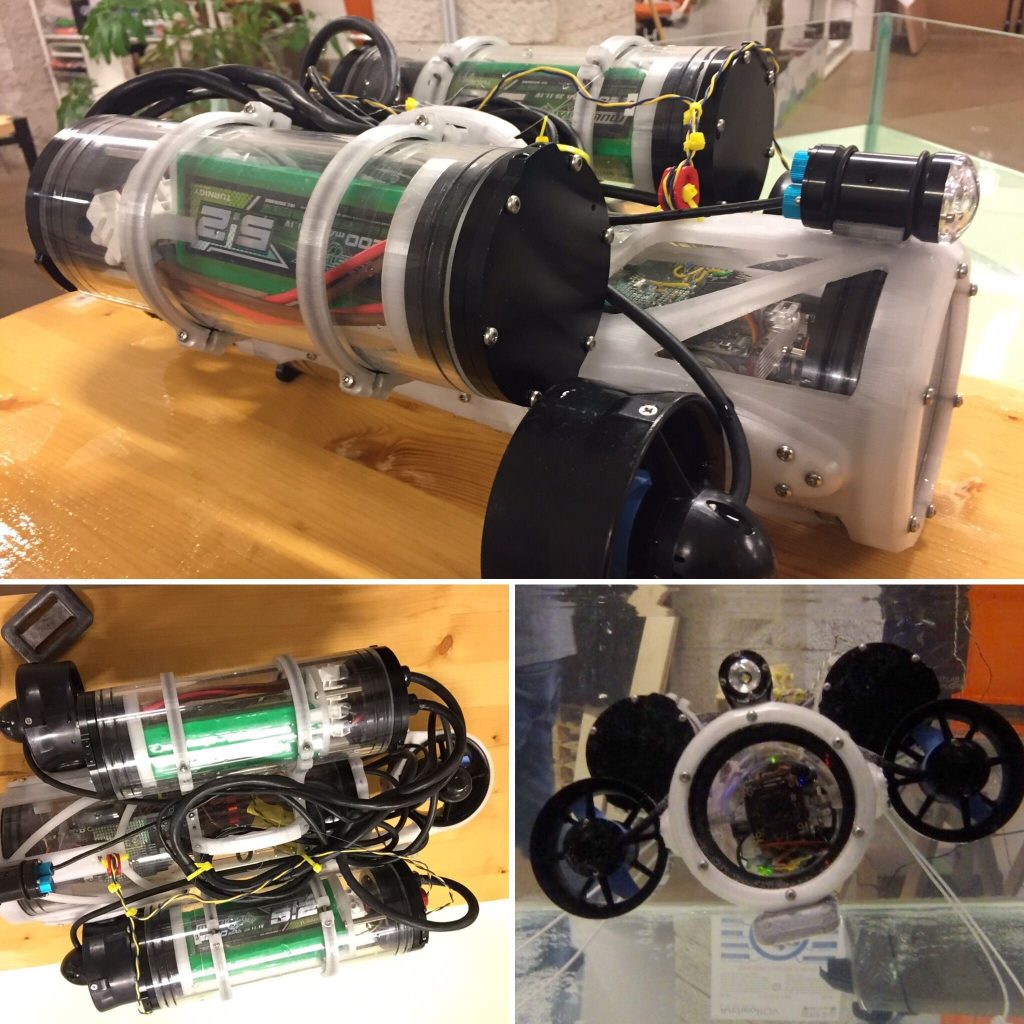ArcheoROV is a 3D printed remote-controlled submarine created to help explore some of the riskiest areas of underwater exploration. It is the collaborative effort of open-source archaeologists Arc-Team in Cles, and the WitLab makerspace in Rovereto, both situated in the Trentino region of Northern Italy.
Exploring minefields and pre-historic settlements
As outlined by Arc-Team, the goal of ArcheoROV’s development is to improve data collection from logistically complicated locations. One of the key exploration sites so far are lakes within the Lagorai Mountain Chain.

In the First World War, Lagorai was at the Italian frontline, and became a site of fierce mine warfare. In addition, the small lakes contain traces of pre-historic settlements from the ‘New Stone Age’.

As such, the ArcheoROV is designed with these key factors in mind. It is compact, and lightweight, so it can navigate treacherous areas to aid divers. It’s also designed to be easy to carry up high altitudes – the highest peak of Lagorai being Cima Cece at 2,754 m/9,035 ft above sea-level.
Open source design
To keep the cost of production down and, more importantly, share the possibilities of underwater research, all of the kit used to make the ArcheoROV is open source: from the software, using FreeCAD from Autodesk, to the hardware, a BeagleBone Black single-board computer (SBC).

The first 3D printed prototype of the ArcheoROV was produced in July 2016, and a later iteration saw open water as early as August of the same year. This expediency is proven to be ideal for other remotely operated underwater vehicle (ROV) projects such as The University of Florida’s ‘Cephalobot’.
3D printed rapid-prototyping
The makerspace team at WitLab were able to work hands-on with the framework of the ArcehoROV, 3D printing a design and then iterating it in FreeCAD. The finished ROV is composed of two parts: the main body which houses the batteries, one camera for recording and another for seeing; and a tethered pod that receives control signals.

In the future, it is hoped that this receiver pod can be integrated into the main body of the ArcheoROV as GPS. The Arc-Tea are also looking to add Simultaneous Localisation and Mapping (SLAM) imaging, i.e. creating a map of the area as the device moves, and sonar capabilities. As of October 2016, the Arc-Team have been utilising the Xbox Kinect camera as a digital eye for SLAM techniques.
ArcheoROV co-creator Andrea Saiani, from WitLab, tells Wired Italy that a Kickstarter campaign for further ArcheoROV developments is due to surface in 2017.
3D Printing Industry will stay updated on the project, and any developments will feature in our newsletter which you can subscribe to here.
The ArcheoROV in open water. Clip via: Hello WitLab on YouTube
Nominate ArcheoROV for a 3D Printing Industry Award here.
Featured image shows the ArcheoROV (Remotely Operated underwater Vehicle) exploring underwater. Photo via: HelloWitLab on Twitter



